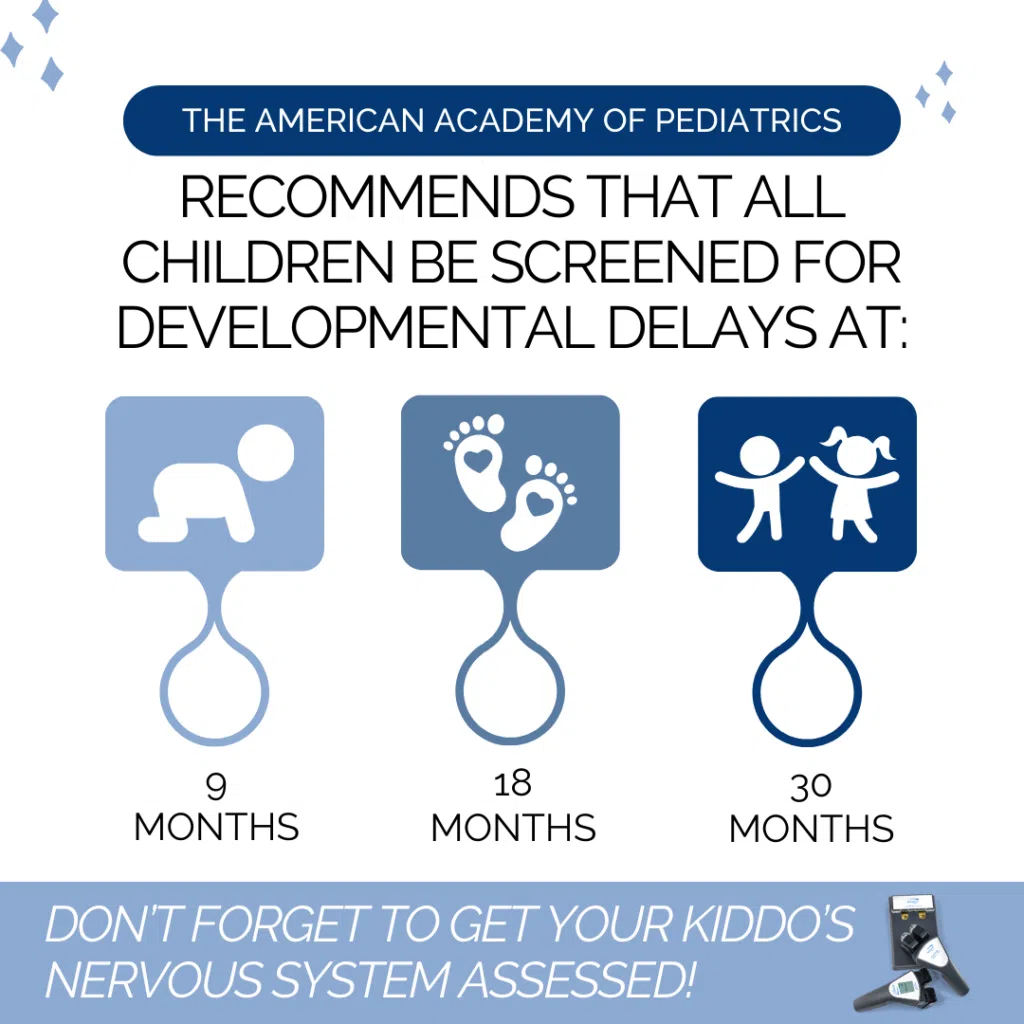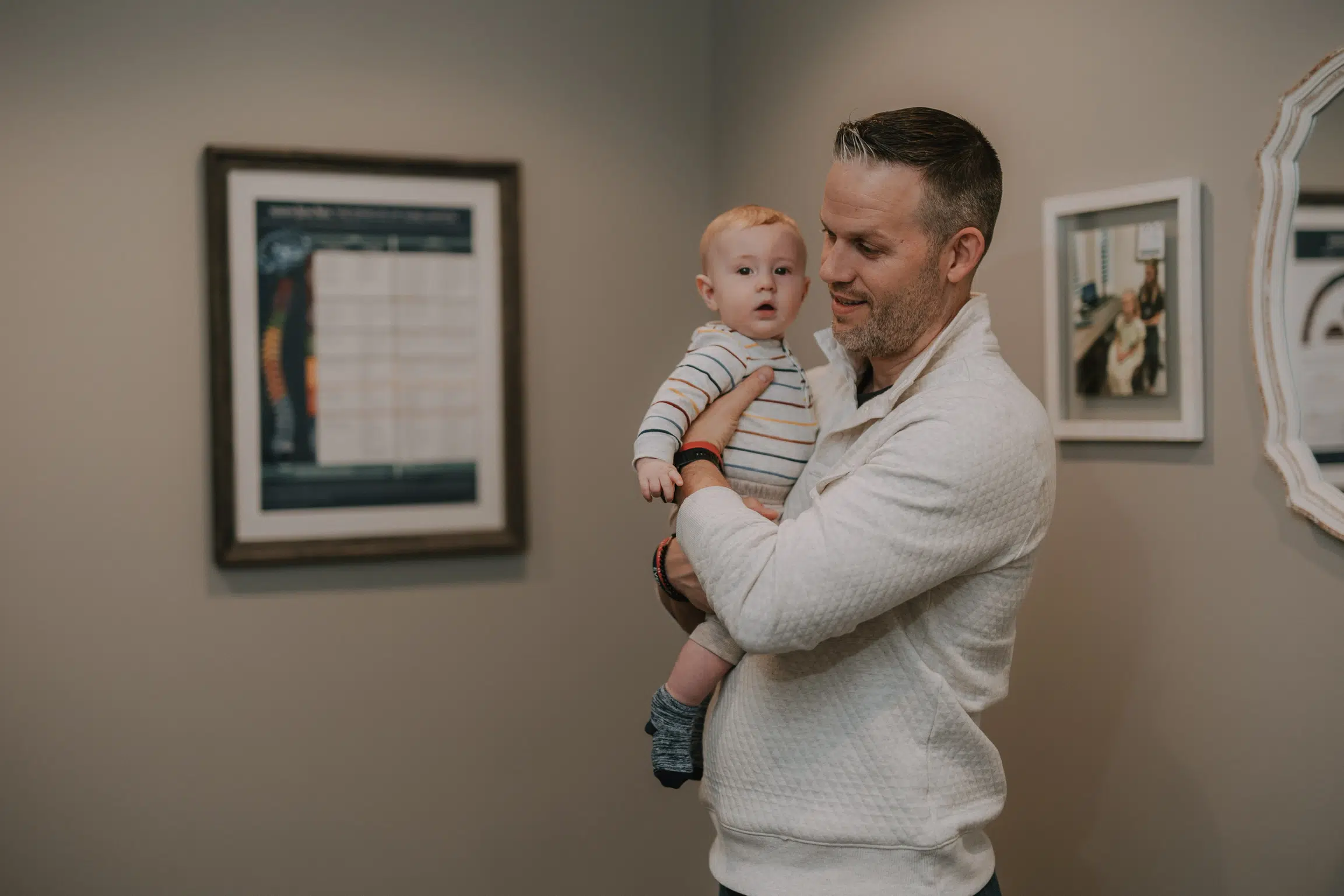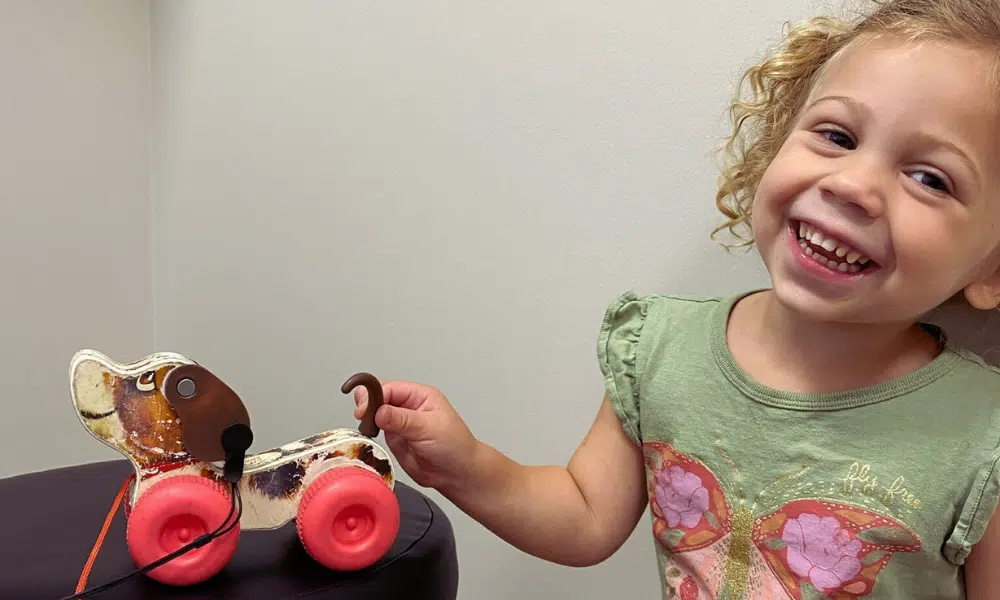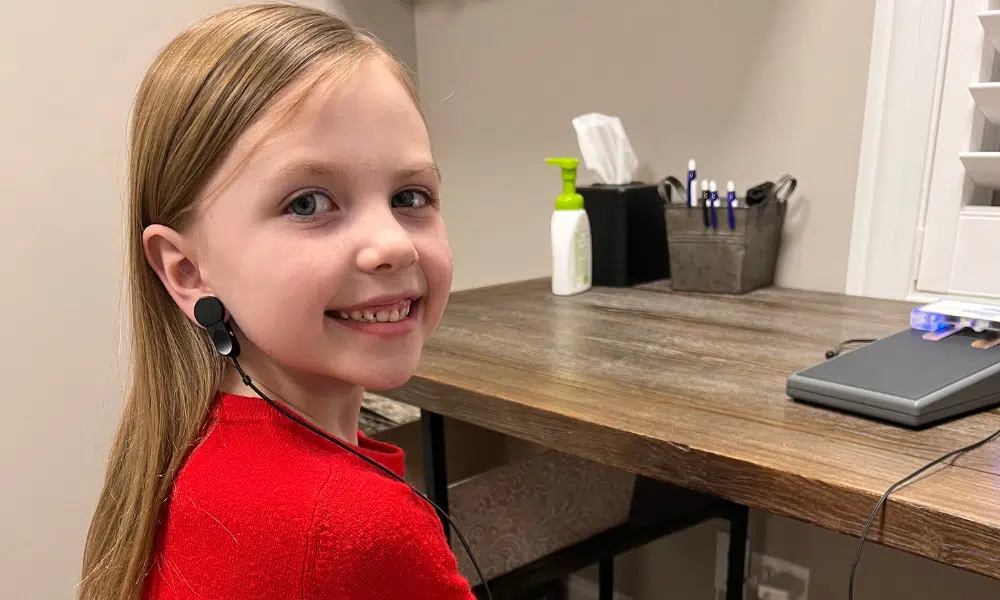Autism, also known as Autism Spectrum Disorder (ASD), is a developmental disorder that impacts someone’s social skills, especially relating to communication and learning. Especially for children, these social barriers emerge during play and school learning.
However, autism is measured using a spectrum, on which children will land somewhere depending on their severity. Some children aren’t very high on the spectrum and will only exhibit or experience mild symptoms while others may fall on the other end and be significantly impacted by certain social or developmental circumstances. Because autism symptoms in babies vary so much, a spectrum is the best way to measure, understand, and address autistic behaviors.
Many parents want to understand the cause of autism, but that continues to prove an extremely difficult task since it’s become quite clear to autism experts that it’s a combination of multiple factors and a complicated mix of genetics and environmental influences.
It’s also possible that certain circumstances and exposure to stressors early in a child’s life increase the chance of developing autism—while there are no hard and fast rules, some common likely factors include:
- Fertility complications and maternal distress
- Premature birth and low birth weight
- Labor and delivery complications (birth trauma)
- Low oxygen levels at birth
- Early exposure to environmental toxins
- Chromosomal abnormalities
- Medications taken during pregnancy
- Immune disorders in mothers or the baby
- Other conditions, such as metabolic disorders
The confluence of all these factors together acts like a Perfect Storm and begins to wreak havoc on neurological and brain development.
Check out Early Signs of Autism: How to Spot the Symptoms if you want to learn more about the basics of autism and other contributors and indicators.
When Can Signs of Autism Be Detected?
Knowing when children may begin to show signs of autism is one of the most challenging parts for parents regarding recognizing it in their child. The CDC suggests that children can show ASD symptoms in the first 12 months of life, but others may not show up for 2 years or later. Children can develop at a relatively normal rate and meet certain baby milestones until they suddenly stop gaining new developmental skills a year and a half later—or even lose previously developed skills.
For many parents, their ability to detect signs of autism in infants depends on how severe the case is for their child. Some symptoms may be more evident than others, while others may be far more subtle. Because autism can show up anywhere from 2 months to 24 months, it’s tricky for parents to know what to do or expect.
What Are the Signs of Autism in Babies?
Autism will affect how your baby communicates. Because babies are learning to develop and communicate, it isn’t always easy to know when they are just learning versus struggling with the setbacks of autism. That’s why we’ve broken down the symptoms by age so that parents can have a more precise idea of what to look for.
Autism Signs By 3 Months
Babies develop a lot during the first three months of life, so doing some of the following may be a warning flag.
- They don’t watch moving objects or people, especially their caregiver’s movement
- They don’t respond to loud noises
- They don’t grasp and hold objects, nor do they bring their hand up to their mouth
- They don’t smile at people, make eye contact, or pay attention to new faces
- They don’t babble—most babies start babbling in the first year, especially as a means to communicate with their parents
Autism Signs By 7 Months
By 7 months, most babies are developing their motor and communication skills, including more expressive language and facial expressions, scooting, rolling over, and more. Autistic signs may look like the following examples.
- They don’t turn their head to find out where loud sounds are coming from
- They don’t express or show signs of affection, which will be odd for caregivers
- They don’t laugh or make squealing sounds (or vowel sounds) or even smile of their volition
- They don’t reach for objects or show interest in interactions like peekaboo
- They don’t try to attract attention through actions
- They don’t engage in making sounds back and forth or react to other facial expressions
- They are unusually floppy or stiff
Autism Signs By 9 Months
9-month-old babies continue developing their motor skills and hand-eye coordination and need a lot of playtime. Autism may look like babies who do some of the following.
- They are less responsive to their own name
- They don’t copy the sounds and gestures of others
- They still don’t look where people are pointing
- They don’t sit up on their own
- They don’t move toys between hands (which has to do with hand-eye coordination)
Autism Signs By 12 Months
One year is quite a landmark for a baby, so the following signs are more significant red flags. They should be active, curious, and expressive, play often, increase their mobility, and start using words. Signs of autism may include signs like:
- They don’t crawl
- They don’t say single words
- They don’t use gestures such as waving or shaking their head
- They don’t point to objects or pictures
- They can’t stand when supported
Autism Signs by 18 Months
At a year-and-a-half, babies have grown even more and should show a little more independence. Look for signs like:
- They limit words to the repetition of words heard on TV
- They are not walking
- They don’t recognize familiar objects, such as spoons or cups
- They aren’t displaying the ability to learn new words
- They don’t react when a parent leaves or comes back
Autism Signs by 24 Months
Children should have big mental and physical milestones at two years, including using two words together, being more coordinated, and having more emotional awareness. Look for signs of autism where children:
- Regress in learning skills and abilities that they previously were able to do
- Don’t say 2-word phrases
- Don’t notice when a parent is hurt or sad

Do They Really Grow Out of It?
One thing parents are routinely told when their child struggles with things like colic, constipation, chronic ear infections, and sensory + behavioral problems early in life is, “don’t worry, they’ll grow out of it.” However, what many childhood development experts and practitioners continue to find is that this common and grossly overused statement may not be true at all. Instead, many children “grow into” additional, more chronic health challenges later on in life.
The four basic areas of neurological health, function, and development that must be matured and functioning at a high level before more advanced brain functions like speech, communication, social interaction, and emotional regulation can develop are:
- Sleep + soothing (calming)
- Digestive function + motility
- Respiratory + immune function
- Motor development + movement
What Can You Do When Your Baby Shows Signs of Autism?
First, if your baby starts showing signs of autism, remember: it’s far better for them to get the support they need rather than doubting or ignoring the issue. Like our PX Docs network always reminds parents, it’s important to trust your gut instincts and ask for help!
Parents are usually the first to notice the signs, with data from the CDC showing that parents can correctly detect 70% to 80% of children with disabilities. Instead of worrying that you’re overreacting, or worse, denying the potential concerns that come with autism out of fear, seek experts who can help both you and your child so that they have the best opportunity to thrive. Identifying it early can help remove the guesswork about your child’s needed care and get them on a path to success; the brain responds to new ideas at an earlier age, which helps with longer-lasting therapies or solutions that doctors can assist with.
The medical community recommends screening for developmental progress at least before your baby is a year old or sooner if they display signs of autism. The CDC says, “General developmental screening should occur at the 9-, 18-, and 24- or 30-month well-child visits and whenever a concern is expressed. Autism-specific screening should additionally occur at the 18- and 24- or 30-month visits and whenever a concern is expressed.”
In addition to discussing these concerns with your pediatrician, consider discussing them with other experts in infant health and development, such as a neurological-focused pediatric chiropractor and PTs, OTs, and Speech Therapists who specialize in pediatrics.
Our PX Docs are absolute experts in helping detect dysautonomia and subluxation, as well as assessing motor function and overall neurological development. These are keys to looking deeper into the development and function of your child’s nervous system, where the root challenges with autism really live.
Pediatric Chiropractors who specialize in the care of autism don’t look to treat it or cure it; they instead focus their care on reducing the stress and tension built up in your child’s nervous system from those early stressors and experiences like birth trauma. They improve neuromotor tone and coordination, which are crucial to health and development in the first 3 years of life.
If you’re not finding many answers or much help with the traditional medical approach, and your gut instinct and perspective are not being listened to, then absolutely reach out to your local PX Doc for the kind of answers and help you are looking for!
How to Get Hope, Answers, and Help for Your Child!
Parents, you don’t have to navigate this on your own. There is an entire network of trained and ready docs who will care enough to listen, dive deep into the development and neurology of your child with you, and sort out a care plan to help get your child’s development back on track and to its best place possible!
Visit our directory to find a pediatric chiropractor near you.





